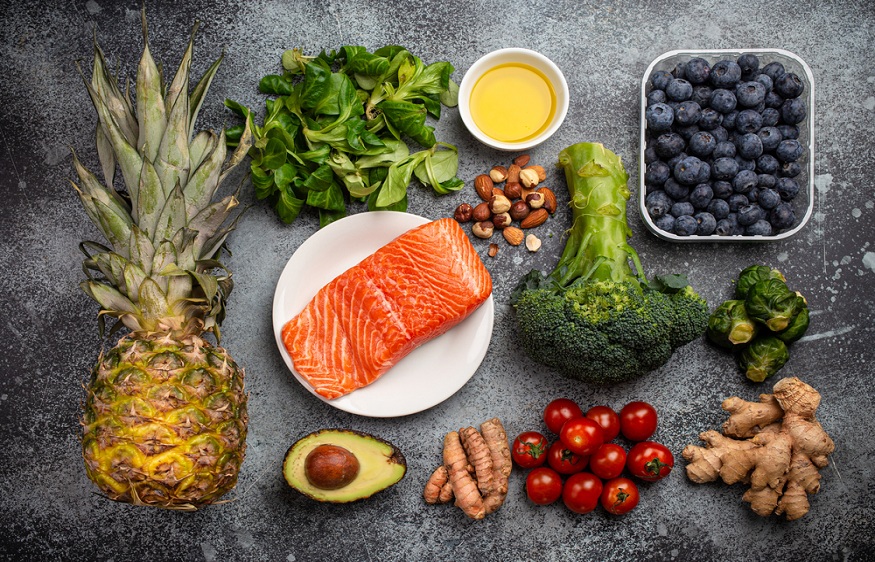Greek foods are part of the Mediterranean diet, which suggests you must follow a nutritional pattern that includes lots of fruits, vegetables, nuts, grains, olive oil, and olives.
Moreover, Greek cuisine is currently famous. Since the Mediterranean diet offers nutritious meals with fewer calories and, consequently, less red meat, most people gravitate toward it.
Greek cuisine occasionally emphasizes sourdough pieces of bread, fish, fruits, and vegetables. Red meat, pasta, and other foods should all be consumed in moderation.
Significantly, the cuisines of the Mediterranean region reflect various fusions of religions and cultures.
You’ve found the ideal article to learn more about Greek’s current trends.
Trends today
As a restaurant owner, you can incorporate current trends in international cuisine into your business. Therefore, you can serve a broader range of customers that dine in and out of your restaurant.
A digital restaurant menu QR code app can assist you in optimizing your customer service.
You can create an interactive menu using the software so that clients can browse your online ordering page, place an order, and pay all at once.
Additionally, the digital menu software enables you to create a QR code menu as a cutting-edge method of directing clients to your online ordering page.
So, it’s time to familiarize yourself with Greek trends that you might use in your menu and restaurant enterprise.
Serve up some Fresh Fish on your menu
Greek cuisine relies heavily on fresh seafood. While unwinding at a seaside bar, locals and tourists alike enjoy the catch from the Mediterranean and Aegean Seas. Almost all of this new fish is cooked. It frequently has ladholemono, a lemon, and oil dressing poured on top.
Never forget the Feta and Cheese pair
In Greece, fresh cheese is a treat. Inquire about the luxurious, creamy feta kept behind the store counters in big brine barrels.
Try graviera instead; it has a firm, golden-white cheese that makes a delicious saganaki when cubed or fried.
You can also try out tyropita (cheese pie) at bakeries and Cretan dakos salads in tavernas topped with crumbled mizithra white cAheese.
Be healthy and packed with Choriatiki
Choriatiki salad, a need with practically every meal, is a perennial favorite for all Greeks. Cucumbers, olives, tomatoes, and a sizable chunk of feta cheese are the main ingredients in this Greek salad.
Olive oil, salt, vinegar, and pepper are always served with the salad in restaurants since the dressing is left up to the individual’s taste. Although choriatiki is typically eaten as a beginning, it also makes a fantastic side dish.
Aside from that, A Greek salad without lettuce is called “Horiatiki.”
Taste a flavorful Stifado
A Greek beef stew is called Stifado. It is often prepared with tomatoes, spices, cinnamon, vinegar, or red wine, in addition to other spices and herbs.
Stifado is also frequently served with rice, chips, hilopittes (an egg pasta variety), orzo, or kritharaki pasta.
Stifado is best enjoyed on chilly winter days with mashed potatoes as a filling dinner.
Enjoy the delectable flavors of Kleftiko
Lamb is a specialty in Greece, and their lamb dishes are superb, just like their seafood is! Lamb is slowly roasted in the oven while flavoring with olive oil, lemon juice, and garlic. The recipe’s original instructions called for an earthen oven to trap heat and smoke.
The word “Kleftiko” means “stolen,” and the dish’s name is thought to have come from the Klephts, anti-Ottoman insurgents descended from Greeks. They would kidnap goats or lamb and prepare the flesh.
Conclusion
You can include these in your menu now that we’ve compiled various Greek cuisine-related menu items.
Increase restaurant sales by offering your patrons the healthiest Mediterranean diet possible.
Giving consumers the option to choose a healthy diet in your restaurant, like a Mediterranean Greek diet, increases customer engagement and boosts sales.



